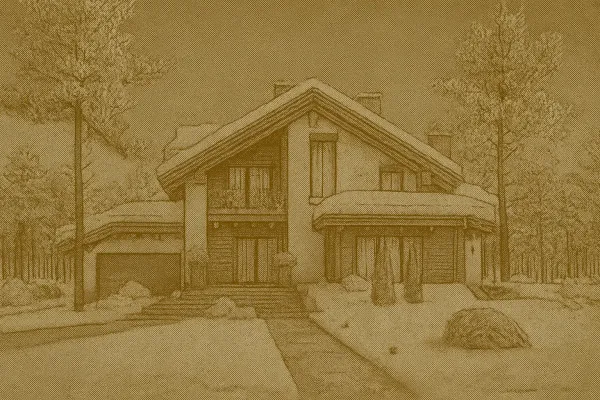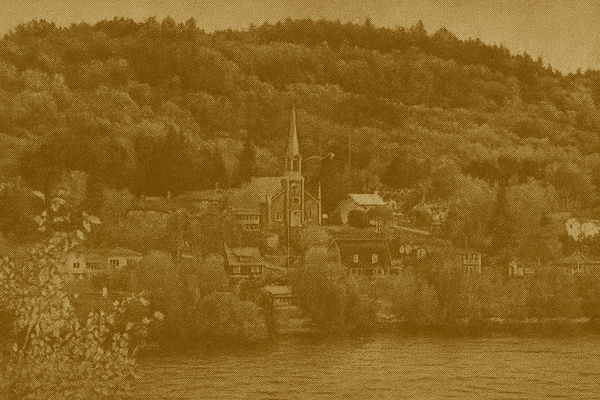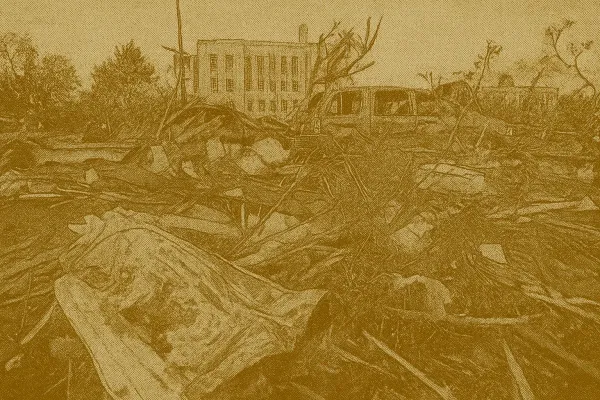Heads up: some of the links in this post are affiliate links. That means if you click and purchase, we may get a commission. It’s how we keep this site running without cluttering it with ads.
Staying warm through a harsh Canadian winter without breaking the bank is a challenge many households face. Heating accounts for a huge portion of energy bills – space heating costs the average Canadian homeowner over $1,113 per year, about 54% of their total energy use. With energy prices rising, finding affordable ways to stay warm in a Canadian winter is more important than ever. The good news is that there are budget-friendly winter heating tips that can keep you cozy without turning up the thermostat to costly levels. In this guide, we’ll explore how to stay warm in winter in Canada without breaking the bank, focusing on cheap ways to heat your home in Canada that save money while keeping you comfortable.
Quick Overview – 5 Budget-Friendly Ways to Stay Warm:
- Layer Up and Harness “Free” Heat: Dress warmly, use sunlight, and other no-cost tricks so you can stay cozy without cranking the heat.
- Smart Thermostat Settings: Program your thermostat wisely (around 20°C when home, 17°C when away) and consider a smart thermostat to save ~8% on heating costs.
- Weatherproof Your Home (Seal Drafts): Caulk and weatherstrip windows and doors to stop cold drafts – a simple weekend project that can cut up to 25% of heat loss and save as much as $600 a year.
- Improve Insulation: Add insulation in attics, walls, and basements. Proper insulation and air-sealing together can cut heating costs ~15% on average.
- Optimize Heating System & Maintenance: Use low-cost tactics like ceiling fans (winter mode), zone heating, and regular furnace maintenance (clean filters, etc.) to improve efficiency and reduce winter heating bills.
Whether you’re in mild coastal BC or facing frigid Prairie temperatures in Alberta and Ontario, these Canadian winter heating tips for 2025 will help you stay warm without high heating bills. Let’s dive into the details of each strategy.
Related: Best Winter Boots for Canada: Stay Warm and Dry This Winter
1. How to Stay Warm Without High Heating Bills (Layer Up & Use Free Heat)
One of the easiest ways to stay warm without turning up the heat is to first reduce your reliance on the furnace with smart habits and no-cost heat sources. Every degree you lower the thermostat saves you money, so make it easier to dial down by keeping yourself warm in other ways. In fact, heating costs rise about 5% for each degree above 20°C – so lowering your thermostat a couple of degrees and compensating with other measures can yield big savings.
Dress for the season: Embrace the Canadian habit of layering. Wear a cozy sweater, thermal socks, and use blankets or throws when lounging. It sounds obvious, but adding even one extra layer can make a cooler room feel comfortable without needing to raise the heat. Instead of T-shirts indoors in January, get into those hoodies and flannel pajamas. As Natural Resources Canada notes, layer up in warm, comfy clothes instead of turning up the heat – it really works.
Use sunlight and free heat: Take advantage of sunny winter days to warm your home naturally. Keep curtains or blinds open on sun-facing windows during the day to let in solar warmth (even when it’s cold outside, the sun’s rays can heat indoor spaces). Then close curtains at night to trap that heat in and block drafts from cold windows. Similarly, cooking and baking on winter evenings can add a bit of warmth (and delicious smells!) to your home. These small winter energy-saving tips make a difference so you won’t rely solely on the furnace.
Stay warm at night: Rather than blasting the heat overnight, use warmer bedding. Flannel sheets, down comforters, and even an electric blanket or heated mattress pad can keep you toasty for pennies compared to heating the whole house. This way, you can comfortably set a lower thermostat temperature for sleeping (many Canadians go as low as ~17°C at night). You’ll save on bills and likely sleep better in a cool room with warm blankets.
Close off unused areas: If you have rooms you rarely use (guest rooms, storage areas), don’t waste heat on them. Close the doors and vents in those rooms and focus your heating on the areas you actually occupy. This zone heating approach means you’re not paying to heat the whole house all the time. For example, if you work from home in one room, you might use a small space heater in your home office and keep the central thermostat lower for the rest of the house. (Be mindful with space heaters – use them safely and sparingly, as electricity in some provinces can be costly. The key is using them only to heat a small space short-term while allowing you to turn the main heat down elsewhere.)
By bundling up and tapping into free heat sources, you can feel warm without needing your furnace to do all the work. These simple affordable ways to stay warm in Canadian winter set the stage for bigger savings with the home improvements below.
Support The Canada Report and help keep it ad-free and independent — click here before you shop online . We may receive a small commission if you make a purchase. Your support means a lot — thank you.
2. Smart Thermostat Settings to Save on Heating Costs
Your thermostat is your best tool in the fight against high heating bills. Using it wisely – and upgrading it if needed – can dramatically cut costs while keeping you comfortable. The goal is to stay warm without high heating bills by controlling when and how your furnace runs.
Follow optimal temperature guidelines: Energy experts in Canada often recommend about 20°C (68°F) as a comfortable daytime temperature when people are home, and around 17°C (62-63°F) overnight or when you’re out. By dropping the temp a few degrees when you’re sleeping or away at work, you’re not paying to heat an empty house or overheating at night under your blankets. Many Canadians naturally ask, “What temperature should I set my thermostat to in winter?” – the answer is usually ~20°C when home and ~17°C for nights/away for a good balance of comfort and savings. If 17°C feels too chilly at first, try 18°C; even small setbacks will help. Remember, each 1°C reduction for an 8-hour period can save you around 5% on heating costs (in some cases even up to 10% depending on your home). Over the whole winter, that adds up.
Use a programmable or smart thermostat: Don’t rely on memory to change the temperature – let technology do it for you. A programmable thermostat can be set with a schedule: for example, lower to 17°C at 11pm when you go to bed, back up to 20°C at 6am before you wake, down again during work hours, etc. This ensures you’re always saving when extra heat isn’t needed. Even better, consider upgrading to a smart thermostat (like an Ecobee or Nest). These devices learn your routine, let you adjust settings from your phone, and some use sensors or geolocation to optimize heating. They make saving energy practically effortless. In fact, ENERGY STAR® certified smart thermostats can trim your heating and cooling bills by roughly 8% on average. The Government of Canada notes that making the switch to a smart thermostat “can reduce your at-home energy consumption by at least 8%”. That could mean a substantial drop in your winter power or gas bill. Many utilities (including in Ontario and BC) also offer rebates on smart thermostats, effectively making them cheaper to buy.
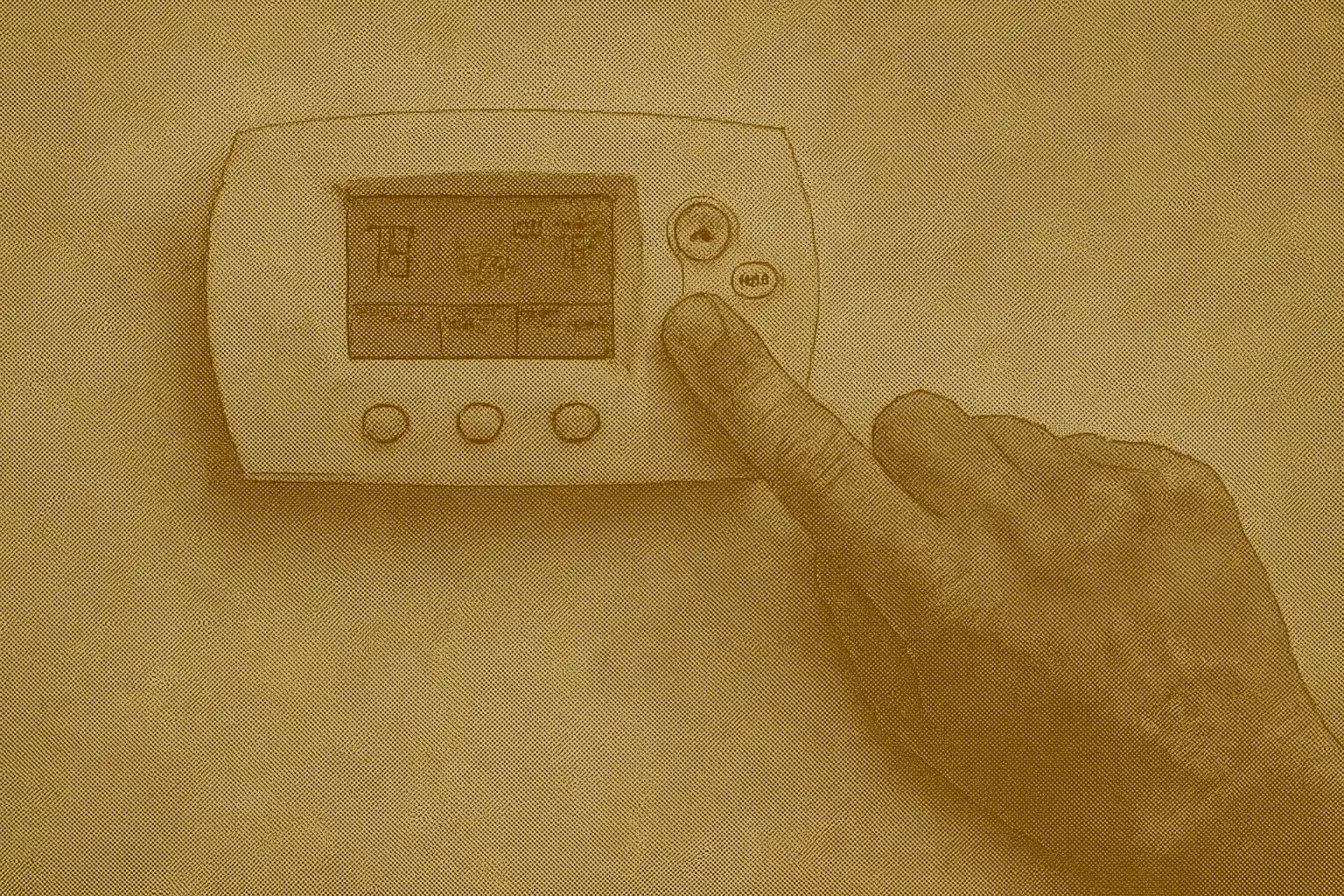
Set reasonable zones and avoid extremes: If you have a zoned heating system or multiple thermostats (common in larger or multi-level homes), program each zone based on use. Don’t overheat rarely used basements or bedrooms. And resist the urge to drastically raise the thermostat on a bitter cold day – it won’t heat faster, it’ll just overshoot and waste energy. Aim for consistent, moderate settings. Also, don’t forget to turn the heat down when you’re away on winter vacation (but not so low that pipes could freeze – 12°C is a common safe minimum). Some smart thermostats have an “away” mode or can detect when you’re gone to handle this automatically.
Leverage thermostat features: Modern thermostats often have features like adaptive recovery (which learns how long your furnace needs to reach a temperature by a certain time) or occupancy sensors (to heat only occupied rooms). Use these to your advantage. For example, a thermostat with a motion sensor can keep the heat lower until someone is actually in the house. If your schedule is unpredictable, use the thermostat’s app to remotely lower the heat if you’ll be late coming home. These little adjustments prevent heating the house more than necessary.
By staying disciplined with thermostat settings and utilizing smart tech, Canadians can reduce heating costs in winter significantly without sacrificing comfort. An optimized thermostat strategy is truly one of the most budget-friendly winter heating tips available – it costs nothing (or very little) to implement, but yields substantial savings on your energy bill.
3. Budget-Friendly Weatherproofing Tips for Canadian Homes
One of the cheapest ways to heat your home is actually to prevent heat from leaking out in the first place. Canadian homes, especially older ones, often have lots of little gaps and drafts where precious warm air escapes. Weatherproofing your home by sealing these air leaks is an affordable DIY project that can slash your heating bills.
Find and seal drafts: Spend a chilly afternoon hunting for drafts in your house. Common spots include: around windows and door frames, under exterior doors, through old keyholes or mail slots, where pipes or wires enter walls, and even electrical outlets on outside walls. On a windy day, you can literally feel cold air seeping in or use a lit incense stick and watch for the smoke moving horizontally to detect leaks. Once you find the leaks, seal them up! Use caulk for small cracks or gaps in non-moving parts (like along window frames or where trim meets walls). Use weatherstripping for movable components – for example, add adhesive foam weatherstrip tape along door jambs and window sashes to form a tighter seal when they’re closed. Don’t forget door sweeps or draft stoppers at the bottom of doors to the outside or an unheated garage – a door draft blocker can stop a major cold draft under an exterior door. These materials are inexpensive (you can get a whole window insulation kit or a roll of weatherstripping for a few dollars) and easy to install, yet yield big savings.
Why it matters: Plugging drafts can dramatically reduce heat loss. Inefficient windows and doors can account for up to 25% of a home’s heat loss. Imagine, a quarter of your heating literally going out the window due to gaps! By sealing those cracks, you keep more warmth inside. According to the U.S. Department of Energy, reducing drafts by sealing and weatherstripping can save anywhere from 5% to 30% on your energy bills each year. In Canadian terms, that could be hundreds of dollars saved in winter. In fact, FortisBC (a major utility) notes you could save $600 a year just by adding proper weatherstripping to your home. That’s a huge payoff for a relatively small investment of time and money.
Weatherproofing tips: Focus on the easiest, most effective measures first:
- Windows: Use caulk to seal any cracks around window frames (inside and out). Apply foam weatherstripping tape to the moving parts of windows (like the bottom of a sliding window or where double-hung window sashes meet). For winter, you can also apply that clear shrink film to windows that you won’t open until spring – this film kit creates an insulating air gap and stops drafts while still letting light in. Heavy thermal curtains or window coverings at night further reduce heat loss through glass.
- Doors: Install or replace weatherstripping around door frames so you feel resistance (and no cold air) when the door is closed. Add a door sweep or draft snake to block the gap at the bottom. Even a rolled-up towel can work as a temporary fix for a door draft! Ensure the door closes tightly; if not, adjust the striker plate or hinges.
- Outlets and vents: Believe it or not, cold air can enter through your electrical outlets on exterior walls. An easy fix is to pop off the outlet cover and insert a cheap foam gasket (outlet insulator pad) behind it – these cost maybe $1 each and can plug an often overlooked leak. Also check any vent ducts, exhaust fans, or pet doors leading outside – make sure they close properly or insulate around edges.
- Attic and crawl space air leaks: Plug gaps around attic hatches, around pipes or chimneys, etc., using spray foam or caulk as appropriate. Warm air rises, so attic bypasses are a major source of heat loss if not sealed.
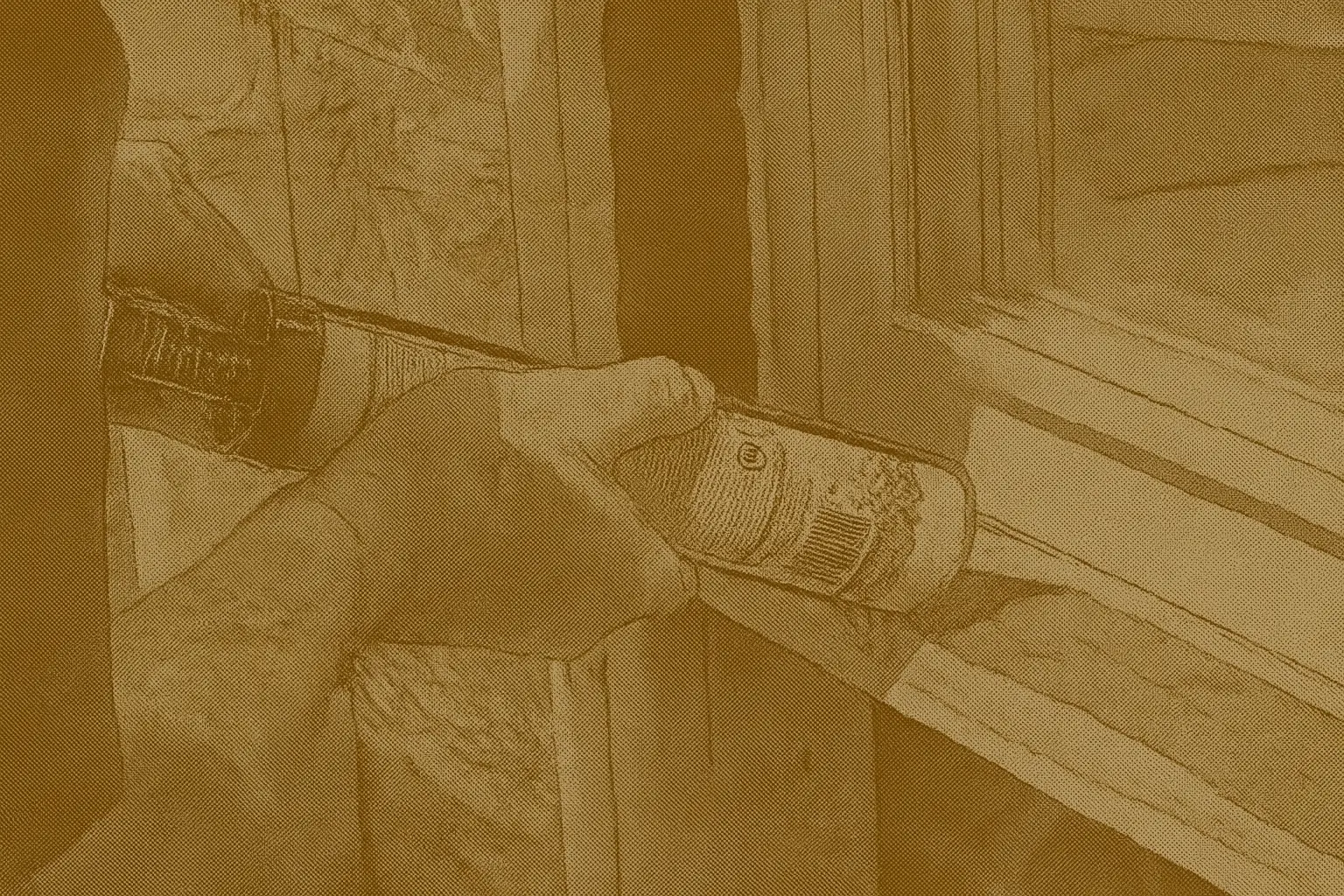
Every crack you seal will help keep the heat you already paid for inside your home. Weatherproofing is truly a budget-friendly heating solution for Canadian homes – most materials are cheap and available at any hardware store. By investing a bit of elbow grease, you’ll feel immediate comfort (fewer cold drafts) and see lower heating bills. It’s a win-win that makes your home more energy-efficient without a major renovation.
4. Affordable Insulation Solutions for Winter Energy Savings
If weatherproofing is the quick fix to stop drafts, insulation is the bigger gun in your arsenal to keep your home warm and energy-efficient. A well-insulated home retains heat much longer, meaning your furnace runs less often. While adding insulation can involve some cost, it’s one of the best investments for lowering heating bills in Canada’s cold winters – and there are affordable insulation tips that nearly any homeowner can implement.
Upgrade attic insulation: Start at the top – a huge amount of heat escapes through the roof if the attic isn’t well insulated. Hot air rises, and if your attic has insufficient insulation, your furnace’s heat is literally going through the ceiling. Topping up attic insulation is relatively low-cost and high-impact. Many older Canadian homes have far less than the recommended insulation (which is often R-50 or more for attics, depending on your region). Adding extra fiberglass batts or loose-fill insulation can often be a DIY job and immediately helps your home stay warmer. The difference is noticeable: a properly insulated attic keeps the heat in the living space where you want it. According to Natural Resources Canada, proper insulation and air-sealing can cut your heating and cooling costs by ~15% on average. Given our long winters, most of that benefit is in heating savings.
Don’t forget walls and basements: Walls that have little or no insulation (common in very old houses) are a big heat loser. If you’re renovating or can access wall cavities, consider adding insulation there too. For many homeowners, fully insulating walls might be a bigger project, but even small upgrades help. For example, if you have an unfinished basement or crawlspace, insulate the exposed foundation walls or the basement ceiling.
Basements without insulation can account for about 25% of a home’s total heat loss – imagine quarter of your heat just leaking into the cold ground.
By installing foam board or batt insulation in your basement, you’ll make the whole house warmer (floors won’t be as chilly) and reduce heat loss. Similarly, insulating the rim joists (the perimeter where the wood frame sits on the foundation) with spray foam or cut pieces of rigid foam can plug a notorious draft area.
Focus on affordable insulation fixes: You might not be able to re-insulate your entire house walls cheaply, but there are cost-effective steps to improve insulation:
- Attic hatch: If you have a pull-down attic stair or hatch, check its insulation and weatherstrip it. A lot of heat can escape through an uninsulated attic door. You can add adhesive insulation board to the hatch and use weatherstrip to ensure it closes tight.
- Pipes and ducts: While not “insulation” for rooms, insulating your hot water pipes or heating ducts in unheated areas (basement, crawlspace) ensures more heat gets to where it’s intended, and less is lost en route. Pipe insulation foam sleeves are cheap and easy to put on. Wrapping your hot water tank with an insulation blanket (if it’s an older tank) also saves some energy (mostly for water heating, but every bit counts).
- Floor coverings: If you have bare hardwood or tile floors and no basement insulation, use area rugs in winter. Rugs and carpets add a bit of insulation value to the floor and certainly make it feel warmer underfoot, which means you may feel comfortable at a lower room temperature. Plus, they cozy up the space aesthetically – a bonus!
- Window insulation film and thermal curtains: These were mentioned under weatherproofing but count as insulation too. The clear plastic window film kits effectively add a layer of still air, which is insulation, over your windows. Thermal or insulated curtains (the thick, sometimes foam-backed drapes) can reduce heat loss through windows at night. Close them in the evening to keep warmth in.
Take advantage of rebates: Many Canadian provinces have energy rebate programs or the federal Canada Greener Homes Grant, which can offset the cost of insulation upgrades. You could get hundreds or thousands of dollars back for insulating attics, walls, basements, etc. For example, the Greener Homes program offers up to $5,000 for retrofits like insulation and even provides up to $600 for the energy audit upfront. That means you can get an expert to identify where your home needs insulation most, and you get that audit cost reimbursed. So while insulation projects have a cost, the net cost can be much lower with these incentives – and the monthly savings will continue for the life of your home.
In short, boosting your home’s insulation is key to saving money on heating in Canada. It might involve a bit more effort or investment than quick fixes, but it pays off big time. Your home will not only be cheaper to heat, but also more comfortable – fewer cold spots and drafts. Even affordable insulation solutions like attic insulation top-ups or basement wall insulation can make a cold Canadian winter much more bearable on both you and your wallet.
Support The Canada Report and help keep it ad-free and independent — click here before you shop online . We may receive a small commission if you make a purchase. Your support means a lot — thank you.
5. Low-Cost Ways Canadians Can Reduce Winter Heating Expenses (Maintenance & Habits)
Beyond the big categories above, there are plenty of other low-cost ways to trim your winter heating expenses through smart habits and maintenance. Little things can add up to noticeable savings. Here are a few additional tips for Canadian households looking to save on heating bills in winter:
Keep your heating system tuned up: An efficient furnace (or boiler) uses less fuel to produce the same heat. Schedule an annual furnace tune-up if you can – the technician will clean the burners, ensure it’s running safely, and optimize performance. Also, change your furnace filter regularly (or wash it, if reusable)! A dirty filter chokes airflow, making your furnace work overtime and use more energy. During heavy-use months, check your filter every 4-6 weeks – filters are cheap, and keeping airflow unhindered not only saves money but also prolongs your furnace’s life. Similarly, make sure your heating vents or radiators aren’t blocked by furniture or drapes – blocked vents force the system to run longer to distribute heat. Free that airflow!
Use ceiling fans to circulate warm air: If you have ceiling fans, use them year-round. In winter, flip the little switch on the fan to run it in reverse (clockwise) at a low speed. This creates an updraft that gently pushes warm air (which naturally rises to the ceiling) back down into the living area. It’s a simple trick that can eliminate stratified cold air near the floor. According to some studies, running your ceiling fans in winter can save up to 10% on heating costs by improving heat distribution. Just be sure it’s on the low setting; you don’t want a strong breeze (which would feel cool), just enough air movement to mix the air. This tip is especially useful in homes with high or vaulted ceilings where heat collects up top.
Harness heat from daily activities: Keep the bathroom door open after a hot shower to let the warm, humid air flow through the house (added bonus: it increases humidity which can make the air feel warmer). After using your oven, leave the oven door ajar as it cools to let that heat into the kitchen (of course, only if it’s safe to do so and no curious kids around). These are minor gains, but every little bit means your furnace runs a bit less.
Consider cheaper heat sources when practical: If you have access to a wood-burning stove or fireplace and firewood is inexpensive for you (and you don’t mind the work of chopping or hauling wood), using a wood fire on the coldest days can supplement your heating at a lower fuel cost. Many rural Canadians do this since wood can be cost-effective (or essentially free if you harvest it yourself). Just ensure your fireplace is efficient – traditional open fireplaces actually can suck heat out of the house when not in use, so have a good chimney damper and consider inserts that blow heat into the room. In urban areas, wood might not be viable, but portable electric heaters can be used strategically as mentioned earlier (only heat the room you’re in). Keep in mind electric heat in provinces like Ontario can be pricey, but in places with cheaper electricity or if you only need it for a short time, a $30 space heater on a timer can be cheaper than raising the whole-house thermostat. Always weigh the cost based on your local energy rates.
Mind the thermostat etiquette in shared homes: This is more of a social tip, but if you live with others, agree on comfortable yet conservative thermostat settings to avoid the “thermostat wars.” Constantly cranking the heat up and down is inefficient. It’s better to set a reasonable temp and keep it steady, with scheduled setbacks for night/away. Perhaps agree that anyone feeling cold will put on a sweater or use a blanket rather than secretly jacking up the thermostat. Maintaining this habit can easily save a household a lot over winter, by preventing those scenarios where “heating costs can go up by as much as 140% in winter” due to battles over comfort vs savings. Communication and a shared goal of saving money can go a long way!
Take advantage of free heat and energy programs: Lastly, keep an eye out for utility programs or community initiatives. Some areas have peak pricing where electricity is cheaper at certain times – you could time electric heaters or thermal storage units accordingly. Others offer demand-response programs where you get a rebate for allowing minor thermostat adjustments during peak grid times. And if you qualify, energy assistance programs can provide free home energy audits, insulation or smart thermostats for free or low cost. These can further reduce your bills without costing you anything.
By incorporating these practices, you chip away at your heating costs from every angle. None of these low-cost heating tips require major spending – just a bit of effort and smart thinking. The result is a more efficient home and extra savings in your pocket, all while keeping comfortably warm through the winter.
With these five strategies – from smart thermostat use to draft-proofing and better insulation – Canadians can stay warm all winter without sky-high heating bills. The key is a combination of good habits, small upgrades, and preventative measures. Not only will you save money, but you’ll likely find your home cozier and more enjoyable in those cold months. Remember, every home is different, so start with the changes that make the most sense for your situation. Even implementing a couple of these tips can make a noticeable difference. Here’s to a warm and wallet-friendly winter!
FAQ: Canadian Winter Heating Questions
Q: How can Canadians stay warm and save money on heating?
A: Canadians can stay warm and save money by combining energy-efficient habits with home improvements. Start with lowering your thermostat a few degrees and dressing warmly, which immediately cuts costs. Use a programmable or smart thermostat to automate heat settings so you’re not overheating an empty home (aim for ~20°C when home, ~17°C when out or asleep). Next, seal up drafts around windows and doors with caulking and weatherstripping – this can save up to $600 a year in a typical home. Improving your home’s insulation (especially in the attic and basement) will further reduce heat loss and keep you cozy with less energy. Finally, practice efficient heating habits like changing furnace filters (a dirty filter can raise energy use by 15%), using ceiling fans to circulate warmth, and only heating the rooms you’re using. By doing all this, Canadians in any province can significantly reduce their winter heating bills while still staying comfortable.
Q: What is the cheapest way to heat a house in Canada?
A: The cheapest way to heat a house is to minimize how much heating you actually need. That means the first step is maximizing insulation and sealing so the heat you generate doesn’t escape. A well-insulated, air-tight home can be heated with much less energy (sometimes small electric heaters can maintain warmth if the house retains heat well). After that, use the most cost-effective heating source available to you. In many parts of Canada, a high-efficiency natural gas furnace is the cheapest to operate (gas tends to be cheaper per BTU than electric heat). If you don’t have gas, a high-efficiency heat pump can be very cost-effective, especially with current government rebates – modern cold-climate heat pumps can pull heat from outside air even in sub-zero temperatures and do so far more efficiently than electric baseboards. They often save 30-50% compared to electric resistance heating. So, the formula is: reduce heat loss first, then use an efficient heating system. Also, smart controls (thermostat programming, zoned heating) ensure you only use and pay for heat when and where you need it. Ultimately, the cheapest heating is the heat you don’t have to generate – so focus on home efficiency, then invest in the most efficient heating method your budget allows (with help from incentives if possible).
Q: What temperature should I set my thermostat to in winter in Canada?
A: A good rule of thumb is around 20°C (68°F) when you’re home and active, and about 17°C (63°F) when you’re sleeping or away. This balance keeps most people comfortable in sweaters/long sleeves while significantly cutting energy use during the night or work hours. In fact, these are the temperatures often recommended by Canadian energy agencies for both comfort and cost savings. You can adjust slightly based on personal comfort – e.g. 21°C if you have infants or elderly at home who need it warmer, or 16°C at night if you like it very cool under heavy duvets. But every degree lower in the winter can save you roughly 5% on heating costs, so it pays to not overheat the house. If you’re currently used to, say, 22°C all the time, try dialling it down one degree at a time and see if you adapt. Also, remember to use those lower settings when the house is empty – no need to heat an empty home to 20°C. By sticking to ~20°C/17°C split, you’ll be following one of the most budget-friendly winter heating tips widely recommended in Canada.
Q: How much can I save by weatherstripping my windows and doors?
A: You can save a significant amount – potentially up to $600 per year on heating costs by properly sealing leaks around windows and doors. This figure, cited by a Canadian government source, assumes you have a typical home with some drafty areas that, once sealed, prevent a lot of heat from escaping. Even if your savings aren’t that high in every case, it’s not uncommon for weatherstripping and caulking to reduce your heating bill by 10-15%. Windows and doors can contribute as much as 25% of heat loss in an unsealed home, so fixing those drafts has an immediate impact – you’ll likely notice rooms feel less chilly near the windows and that your furnace runs less often. The materials (weatherstripping tape, caulk, door sweeps, etc.) are cheap, often under $100 total for an entire home’s critical areas, and can be installed as a DIY project. Given the potential hundreds of dollars per year in savings, weatherstripping is one of the fastest payback improvements you can do. Plus, your home will be more comfortable with fewer cold drafts. So, it’s absolutely worth it – a small up-front effort for big long-term savings.
Support The Canada Report and help keep it ad-free and independent — click here before you shop online . We may receive a small commission if you make a purchase. Your support means a lot — thank you.


